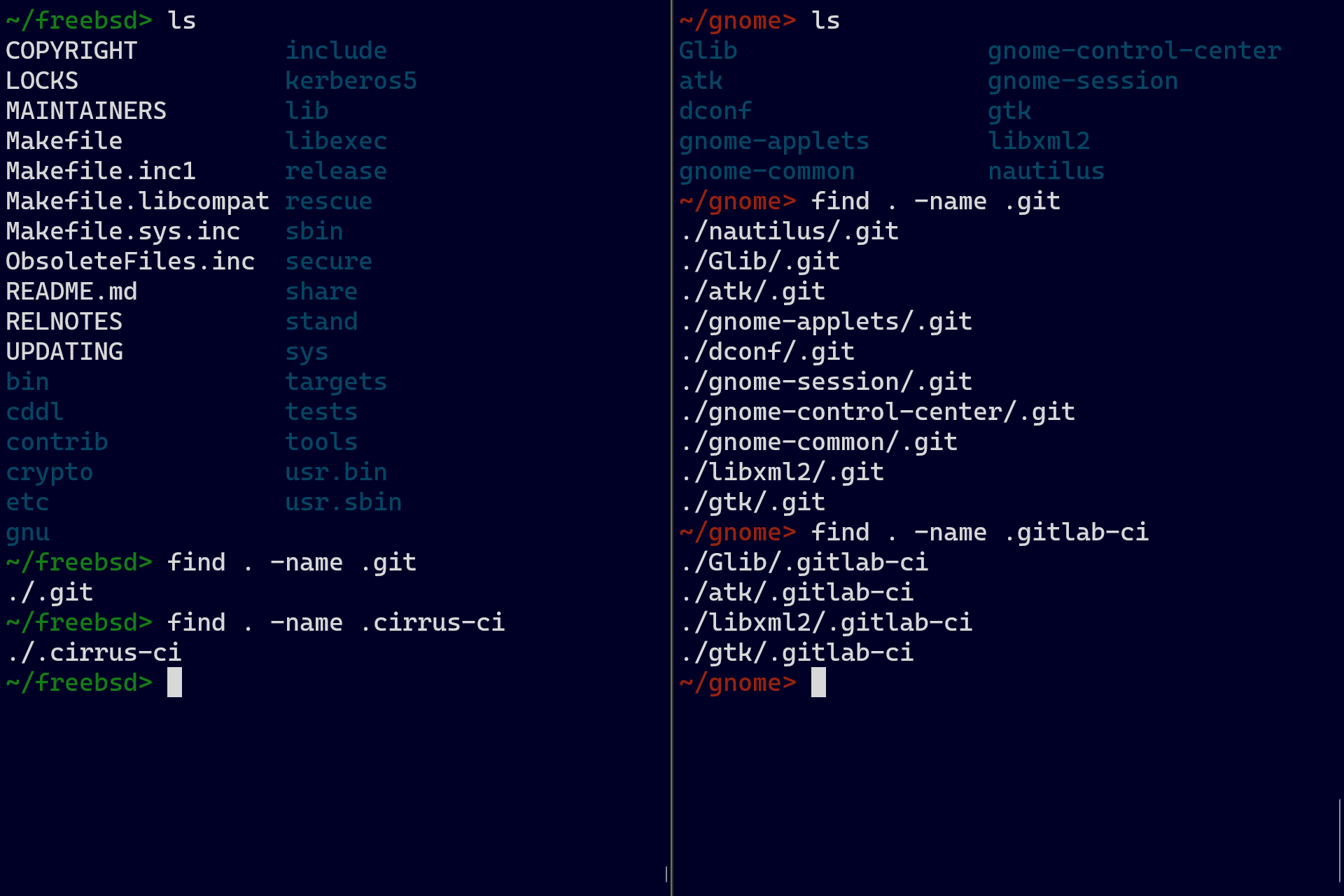Syllabi Policies for AI Generative Tools
Link: Syllabi Policies for AI Generative Tools: "Syllabi Policies for AI Generative Tools If you would like to submit your course guidelines/policy to be included here, please submit it in this form. Update: If you would like a more searchable version of this document, try out this spreadsheet that allows you to sort by Course, Discipline..."
Generates a quote from literature for every minute in the day! Fun!
Tracing the Lines: From the Telephone to Unix

Link: Tracing the Lines: From the Telephone to Unix: "The telephone, invented by Alexander Graham Bell in 1876, sparked a revolution in communication. A year later, in 1877, he established the Bell Telephone Company. This marked the beginning of a fascinating journey, leading to the formation of the Volta Bureau in 1880. Guided by Bell, the Volta Bureau became a research hub, making strides in multiple scientific fields."
Great history about Unix!
Tutorials for Raspberry Pi – Instructions & Projects

Link: Tutorials for Raspberry Pi – Instructions & Projects: "Tutorials for Raspberry Pi ⚫ Projects and Applications for Beginners and Experts ⚫ Raspberry Pi First Steps ⚫ and many other RasPi Tutorials."
Always good to have tutorials!
What To Watch On Streaming - A Good Movie To Watch

Link: What To Watch On Streaming - A Good Movie To Watch: "agoodmovietowatch is the world’s first portal of highly-rated but little-known movies and shows. Curated by humans and not algorithms."
Excellent and very smart. Movie recommendation engine.
What To Watch On Streaming – A Good Movie To Watch
What To Watch On Streaming - A Good Movie To Watch –agoodmovietowatch is the world’s first portal of highly-rated but little-known movies and shows. Curated by humans and not algorithms.
Writing an Operating System From Scratch
Link: Writing an Operating System From Scratch: "null"
Always been a project I wanted to do. Learn about the operating system from scratch!
You're the OS!

Link: You're the OS!: "Become a computer operating system and try not to anger the user!"
Really cool game to learn something about operating systems.
You’re the OS!
You're the OS! –Become a computer operating system and try not to anger the user!
The Worst Programmer I Know

Link: The Worst Programmer I Know: "The great thing about measuring developer productivity is that you can quickly identify the bad programmers. I want to tell you about the worst programmer I know, and why I fought to keep him in the team."
Costs exposed: Monorepo vs. multirepo - Julio Merino (jmmv.dev)

Link: Costs exposed: Monorepo vs. multirepo - Julio Merino (jmmv.dev): "In software engineering organizations, there are certain practices that keep costs under control even if those seem more expensive at first. Unfortunately, because such practices feel more expensive, teams choose to keep their status quo even when they know it is suboptimal. This choice ends up hurting productivity and morale because planned work is continuously interrupted, which in turn drags project completion. The reason I say seem and not are is because the alternatives to these cost-exposing practices also suffer from costs. The difference is that, while the former surface costs, leading to the need to allocate time and people to infrastructure work, the latter keeps the costs smeared over teams and individuals in ways that are difficult to account and plan for. To illustrate what I’m trying to say, I’ll present three different scenarios in which this opinion applies. All of these case studies come from past personal experiences while working in different teams and projects. The first one covered in this post is about the adoption of a monorepo vs. the use of multiple different repositories. The other two will come in follow-up articles."
I’ve never used a large monorepo myself, but they do seem to be the way to go.
